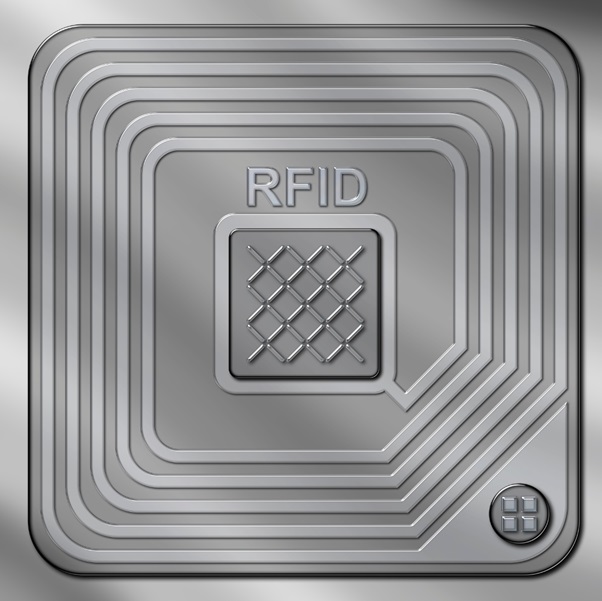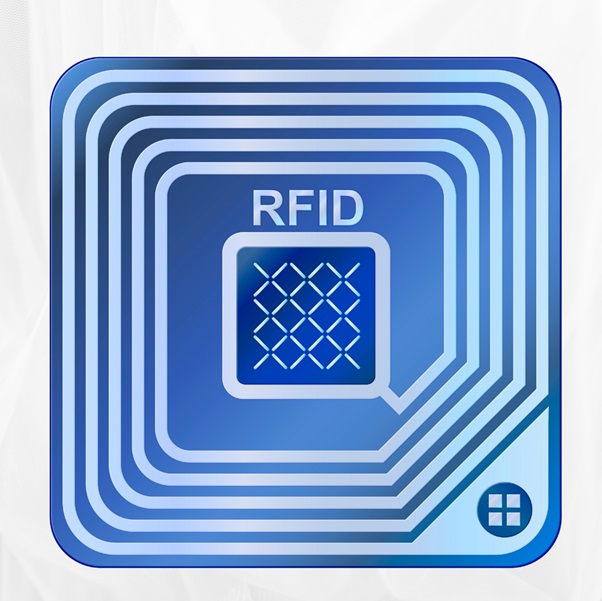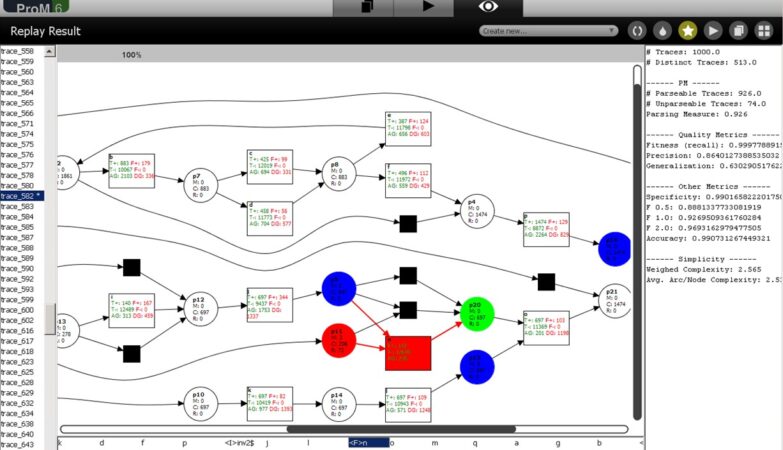Are you curious about the fascinating world of RFID (Radio Frequency Identification) systems? This technology has gained significant popularity across various industries, revolutionising the way we track and manage inventory, enhance security, and streamline processes. If you’re new to RFID or want to expand your knowledge, here are seven key things to know about the RFID system.
1) How RFID Works
RFID system consists of three main components: RFID tags, RFID readers, and a backend system. RFID tags are small devices that contain a microchip and an antenna. When the tag is exposed to an RFID reader’s radio frequency signal, it receives the energy and transmits its unique identifier back to the reader. The reader captures the tag’s information and sends it to the backend system, where it can be processed and utilised for various applications.
2) Tag Types and Applications
RFID tags come in different forms, including passive, active, and semi-passive. Passive tags do not have their own power source and rely on the energy from the reader’s signal. Active tags have their own power source, allowing for longer read ranges and more advanced features. Semi-passive tags combine elements of both passive and active tags. An RFID system finds applications in supply chain management, asset tracking, access control, payment systems, and more.
3) Advantages of RFID
RFID systems offer several advantages over traditional identification and tracking methods. Firstly, they enable non-line-of-sight reading, meaning tags can be read even if they are not in direct view of the reader. Secondly, RFID tags can be read quickly and simultaneously, allowing for high-speed inventory management and efficient processes. Thirdly, RFID technology is resistant to environmental factors like dust, dirt, and moisture, making it suitable for various environments. Additionally, RFID systems provide better accuracy, reduce human error, and enhance security through unique identification codes.
4) Integration with Existing Systems
One of the key considerations when adopting RFID technology is its integration with existing systems. An RFID system can be integrated with enterprise resource planning (ERP) systems, warehouse management systems (WMS), or other software solutions. This integration allows for seamless data exchange, improved visibility, and better decision-making. It’s essential to choose RFID solutions that offer compatibility and integration options to maximise the benefits of the technology.
5) Privacy and Security
As with any technology that involves data collection, privacy and security are important aspects to address. An RFID system employs various security measures to protect data integrity and prevent unauthorised access. These measures include encryption, authentication protocols, and secure communication channels. It’s crucial for organisations to implement appropriate security practices and comply with data protection regulations to ensure the privacy and security of RFID data.
6) Return on Investment (ROI)
RFID systems offer a significant return on investment for businesses. By improving inventory accuracy, reducing stockouts, minimising loss and theft, and streamlining processes, RFID technology can lead to cost savings and increased efficiency. The enhanced visibility and real-time data provided by an RFID system enables better decision-making and optimization of operations. Organisations should evaluate the potential ROI of implementing RFID systems based on their specific needs and industry requirements.
7) Future Trends and Innovations
RFID technology continues to evolve, and several trends and innovations are shaping its future. This includes the integration of RFID with other technologies like IoT and cloud computing, allowing for more extensive data analytics and connectivity. The development of printable and flexible RFID tags opens up new possibilities in industries like healthcare and retail. Moreover, advancements in reader technology and the miniaturisation of RFID components contribute to improved performance and expanded applications.

RFID systems offer tremendous benefits and opportunities for organisations across various sectors. By understanding the basics of RFID technology, its applications, integration considerations, privacy and security aspects, ROI potential, and future trends, businesses can make informed decisions and leverage RFID systems to transform their operations.
Are you ready to explore the potential of an RFID system for your business? Contact Pepperl+Fuchs Asia today to learn more and discuss how RFID technology can revolutionise your operations.








